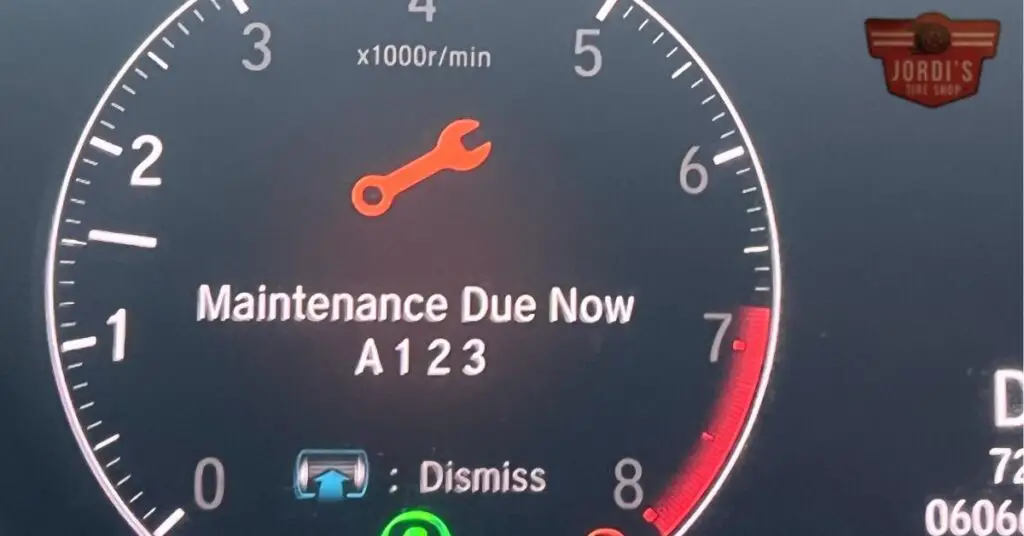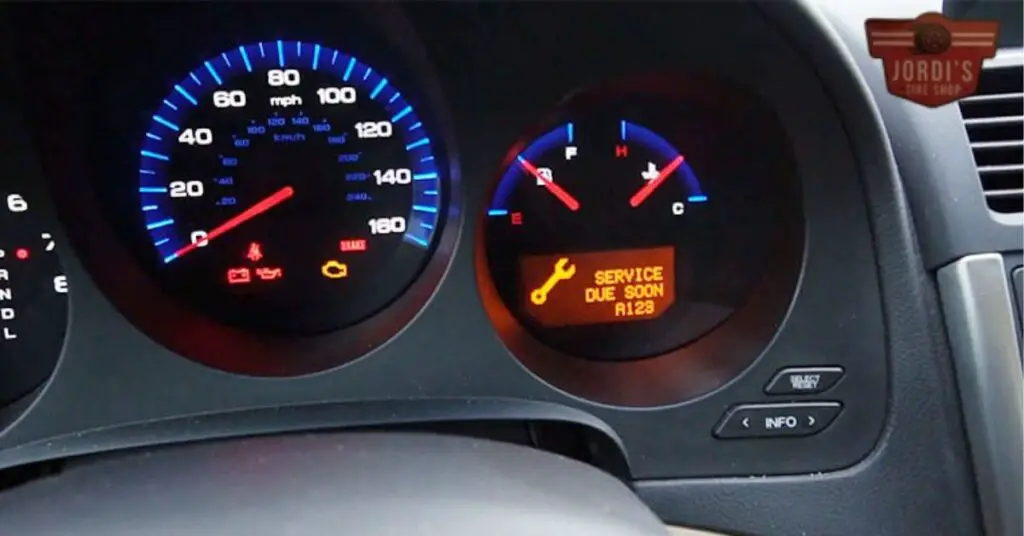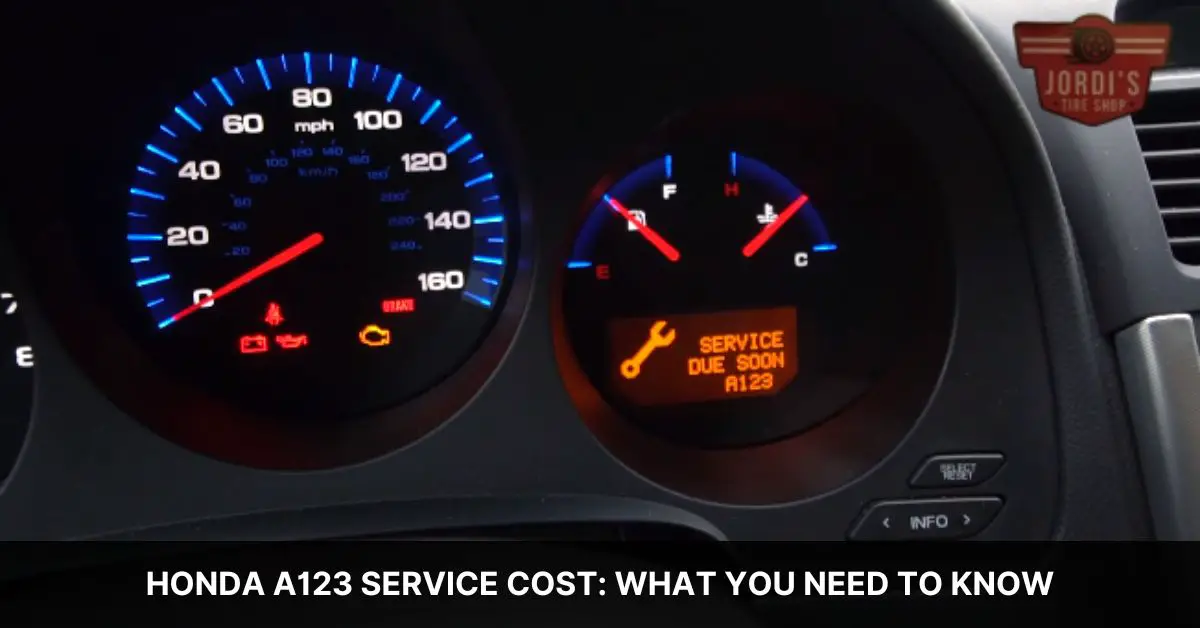When it’s time for a Honda A123 service, many of us start to wonder about the cost. It’s an important maintenance step that keeps our beloved cars running smoothly, but let’s be honest, no one loves unexpected expenses. That’s why we’re diving into what you can expect when it’s time for this service. From the basics of what the A123 service includes to a ballpark figure on costs, we’ve got you covered.
We understand that staying on top of car maintenance can be a bit daunting, especially when it comes to understanding what’s necessary and what it’s going to cost. But fear not! We’re here to break it down for you, making it as straightforward and stress-free as possible. So, let’s get started and shed some light on the Honda A123 service cost, ensuring you’re well-informed for your next service appointment.
Understanding Honda A123 Service

In navigating the waters of Honda A123 service, it’s crucial to break down what this service entails and why it’s a significant aspect of your vehicle’s maintenance routine. Often, the thought of car maintenance brings a sense of foreboding due to the unexpected costs involved. However, our aim here is to demystify the A123 service, making it less overwhelming for you.
Firstly, the “A” in A123 service represents a change of the engine oil, a foundational aspect of vehicle maintenance that ensures your engine runs smoothly, protects against wear and tear, and improves overall longevity. Secondly, the “1” indicates a tire rotation, crucial for achieving even tire wear, which in turn enhances the lifespan of your tires and maintains optimal driving stability. The “2” denotes the replacement of the air cleaner element, ensuring clean air flows into your engine, thus optimizing performance and fuel efficiency. Lastly, the “3” signifies the replacement of the transmission fluid, essential for keeping the gearbox components well-lubricated and functioning seamlessly.
Our focal point centers not just on what the A123 service includes but on the value it brings to the table. Regular maintenance, such as the A123 service, acts as a preventive measure against unforeseen and often more expensive repairs down the line. It’s not just about meeting the immediate needs of your vehicle but about investing in its longevity and performance over time.
Understanding the A123 service is the first step toward demystifying car maintenance costs. By grasping the components of this service, you’ll be better equipped to anticipate the expenses involved, allowing for more informed budgeting and fewer surprises. Our goal is to empower you with knowledge, making car maintenance an aspect of vehicle ownership that you can manage confidently and with ease.
The Importance of A123 Service for Your Honda

Understanding the components and benefits of the A123 service underscores its importance for your Honda’s maintenance routine. Each element of this service, from engine oil changes to transmission fluid replacements, plays a pivotal role in ensuring the longevity and reliability of your vehicle. Let’s dive deeper into why each aspect is critical for your car’s health and performance.
Engine Oil Change
Regular engine oil changes rank among the most crucial maintenance tasks, ensuring your engine remains free of contaminants and runs smoothly. Fresh oil reduces friction, minimizing wear and tear, and extends the lifespan of your engine. By adhering to the A123 service schedule, you guarantee that your engine’s oil is always in optimal condition, preventing potential engine issues down the line.
Tire Rotation
Tire rotation, another component of the A123 service, contributes significantly to tire longevity and safety. Regular rotation ensures even wear across all tires, improving traction and preventing premature tire replacement. Consistent tire care within the A123 service framework means you’re not only safeguarding your investment in tires but also enhancing your Honda’s overall handling and stability.
Air Cleaner Element Replacement
Replacing the air cleaner element is essential for maintaining clean air flow to the engine, which is crucial for its performance and efficiency. A clean air filter ensures that your engine receives the proper amount of air, optimizing fuel combustion and subsequently, your car’s fuel efficiency. This aspect of the A123 service helps in keeping your engine running at peak efficiency while minimizing fuel consumption.
Transmission Fluid Replacement
Lastly, the transmission fluid replacement involved in the A123 service ensures your gearbox operates smoothly, providing seamless gear shifts and reducing the risk of transmission-related problems. Maintaining clean and adequate transmission fluid is key to preserving the functionality and longevity of your Honda’s transmission system.
In sum, the A123 service is indispensable for maintaining your Honda’s performance, safety, and reliability. Regularly scheduling this service not only prevents costly repairs but also enhances your driving experience by ensuring your vehicle operates at its best. Investing in A123 service, you’re investing in the long-term health and efficiency of your Honda, ensuring it remains a dependable companion on the road.
Breaking Down the Honda A123 Service Cost
After understanding the vital components and benefits of the Honda A123 service, let’s take a closer look at the costs involved. Knowing how much you might spend will help you budget accordingly for these essential services.
Engine Oil and Filter Change
Typically, the cost for an engine oil and filter change, part of the “A” in the A123 service, averages between $45 and $75. This range depends on the specific type of oil your Honda requires, with synthetic oil being on the higher end of the cost spectrum.
Tire Rotation
The “1” in the A123 service points to tire rotation, a service aimed at extending the life of your tires by ensuring even wear. This process usually costs between $20 and $30, making it an affordable yet crucial maintenance task.
Air Cleaner Element Replacement
Replacing the air cleaner element, denoted by “2” in the A123 service code, is critical for maintaining clean airflow to the engine. This replacement generally costs between $25 and $50. The price can vary based on the model of your Honda and the specific air filter it requires.
Transmission Fluid Replacement
Finally, the “3” stands for the transmission fluid replacement, essential for keeping the gearbox functioning smoothly. This part of the service can cost between $100 and $200. The wide range in cost is due to differences in transmission types and fluid requirements among various Honda models.
Combining Services for Cost Efficiency
When these services are bundled together in the A123 service package, dealerships and service centers may offer a slight discount. It’s always worth asking if there’s a package deal available. Additionally, prices may vary by location and dealer, so it’s advisable to get a quote ahead of time.
We’ve gone through the key components of the Honda A123 service cost, providing a rough estimate for each major aspect. Remember, investing in these periodic maintenance services not only ensures your vehicle’s longevity but also helps in avoiding more expensive repairs down the line.
Factors Influencing Honda A123 Service Cost

Ensuring our Honda vehicle runs smoothly involves regular maintenance, and understanding the factors that affect the Honda A123 service cost can help us budget effectively. Several key factors influence the final price we pay for this essential service.
Vehicle Model and Year: The specific model and production year of our Honda can significantly impact the cost. Newer models or those with more advanced technology may require more complex servicing techniques, leading to higher costs.
Service Location: Where we choose to have our Honda serviced can also affect the price. Dealerships might offer specialized services at a premium, whereas independent service shops might provide lower rates but with varying levels of expertise with Honda vehicles.
Parts and Fluids Quality: The quality of replacement parts and fluids can vary, impacting both the performance of our vehicle and the cost of the A123 service. Opting for genuine Honda parts and fluids usually results in higher expenses, but ensures compatibility and longevity.
Regional Labor Rates: Labor costs can vary dramatically depending on the region. Areas with a higher cost of living may see higher service rates to compensate for the increased labor costs.
Discounts and Promotions: Dealerships and service centers often offer seasonal discounts or loyalty programs that can reduce the overall cost. Keeping an eye out for these promotions can lead to significant savings on our A123 service.
Understanding these factors, we can better anticipate the costs associated with maintaining our Honda’s engine health, tire longevity, fuel efficiency, and gearbox functionality. Prioritizing these services not only helps in avoiding costly repairs down the line but also ensures our vehicle remains in top condition, maximizing its resale value.
How to Save on Honda A123 Service Cost

Saving on the Honda A123 service cost doesn’t mean you have to skimp on quality. We’ll explore strategies to keep your maintenance budget in check while ensuring your vehicle gets the care it needs. Remember, investing in regular maintenance can prevent more costly repairs down the line.
Schedule Services in Advance
Planning, by scheduling services in advance, helps in avoiding last-minute choices that might be more expensive. Dealerships and service centers often offer early bird specials or discounts for appointments booked well ahead of time.
Use Genuine but Discounted Parts
Opt for genuine Honda parts, but don’t hesitate to shop around for discounts. Online retailers, auto part stores, and even dealerships occasionally offer sales on genuine parts. Ensure the compatibility of these parts with your vehicle model and year to avoid any potential issues.
Seek Dealer Promotions and Loyalty Programs
Keep an eye out for dealer promotions, as dealerships frequently offer seasonal discounts on services and parts. Engaging in a dealership’s loyalty program can also accrue points or credits towards future services or parts, significantly reducing the cost over time.
Consider Third-Party Service Centers
Third-party service centers can provide services at a lower cost than authorized dealerships. Ensure they have experience with Honda vehicles and a reputation for quality service. Utilizing a trusted third-party service center for routine maintenance can offer substantial savings.
Combine Services
Bundling services often leads to savings, as dealers and service centers might reduce the labor cost when performing multiple services together. For instance, combining an oil change with tire rotation and air filter replacement could be less expensive than having these services done separately.
Follow Preventive Maintenance
Adhering strictly to the Honda preventive maintenance schedule can avoid unnecessary services. Following the A123 service guidelines precisely ensures that your vehicle receives the exact care it needs when it needs it, preventing the overuse of services or the premature replacement of parts.
Implementing these strategies, we can effectively reduce the cost associated with the Honda A123 service. Planning, seeking discounts and promotions, exploring third-party options, bundling services, and following a preventive maintenance schedule are keys to achieving savings without compromising service quality.
Conclusion
We’ve walked through the nitty-gritty of the Honda A123 service, shedding light on its crucial role in keeping our vehicles in top-notch condition. From the breakdown of individual service costs to smart strategies for managing maintenance expenses, we’ve covered a lot. By embracing these tips, we can ensure our cars run smoothly without breaking the bank. Remember, a little foresight and the right approach to vehicle care can make a big difference in both performance and savings. Let’s take these insights and make informed decisions for our vehicles’ upkeep, keeping them road-ready for years to come.
Related Posts:

